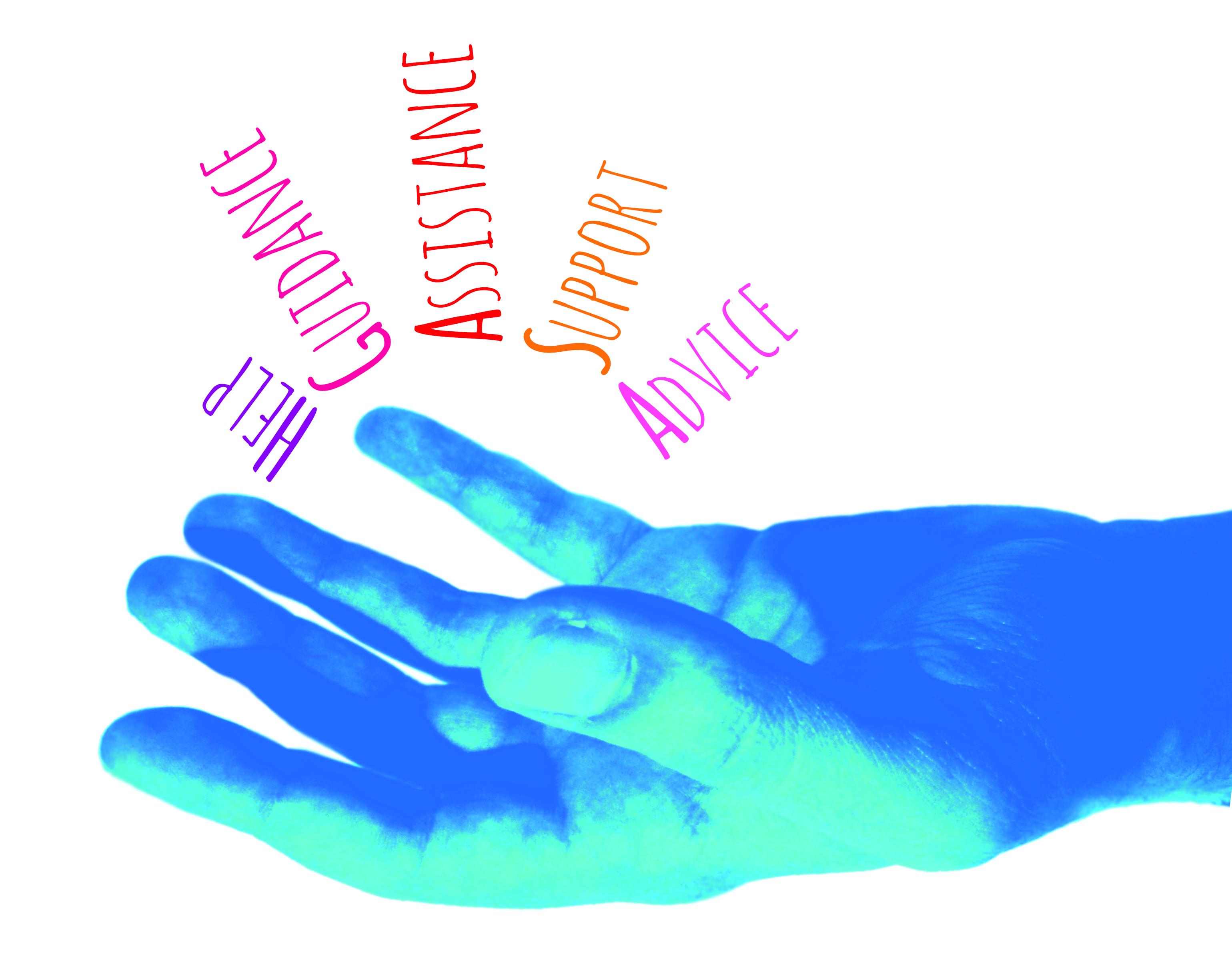Concordia’s planned reform is a good first step
Last week, hundreds of excited froshies—sorry, “Launchies”—partied it up before the real fun; their first year as undergraduates at Concordia University. Even though it was four years ago, I still remember my own frosh like it was yesterday. Lots of games, lots of food, lots of beer, and of course lots of hormones.

Speaking of that last one, each ASFA froshie got a drawstring bag full of goodies, including condoms. It was one thing to promote safe sex, but what Concordia and other universities lacked at the time was an emphasis on consent, as well as clarity on what constitutes sexual assault and harassment. That is exactly why Concordia’s recently revised policies on the matter are a step in the right direction.
The report on this policy review notes that Concordia has a lengthy history of initiatives meant to address sexual harassment and assault cases. In 1987, Concordia became the first university to have a sexual harassment advisor, and was among the first to create a policy on sexual harassment in the early 1990s. The report states that it was not inspired “as a result of a specific incident on the Concordia campus.” However, in light of the last year’s Mei-Ling incident involving sexual harassment within ASFA and recent discussions about rape culture across North American campuses, it rather conveniently came out before the official start of the school year and during frosh week.
From the start, the report already shows signs of improvement, particularly in its terminology. A tiny disclaimer at the bottom of the table of contents emphasizes that “survivor” will replace “victim … to empower those affected by sexual violence.”
Moreover, the report wisely encouraged the use of gender-neutral language. It’s important to remember that perpetrators and survivors of sexual assault and harassment can be of either gender (e.g. male against female, female against male, male against male, female against female). By using gender-neutral language, the report is also more inclusive of Concordia’s LGBTQ community.
The report makes excellent recommendations throughout, but it shines particularly in its use of the term “sexual violence,” a far more comprehensive term than simply “sexual assault” or “sexual harassment.” Instead, these latter terms are just part of its broad definition, which is “any violence, physical or psychological, carried out through sexual means or by targeting sexuality.” When applied to Concordia’s case, this definition covers not only rape survivors, but also those who have endured sexual harassment, cyber-bullying, and stalking, among others.
Ultimately, despite the report’s merits, the onus is on the entire Concordia community, be they students, faculty, staff, or administration, to ensure that everyone is safe on and off campus. Also, survivors of sexual violence need not be afraid to come forward, since someone will always listen. My greatest hope is that the concepts of consent and sexual violence become fully understood, so that anyone, from froshies to grad students, can make the most out of university during their studies and beyond.




